(p. D8) Most of us interpret “increased survival” to mean fewer deaths. But it does not, because survival is subject to two powerful distortions.
The first is called lead-time bias. Simply advancing the time of diagnosis (as with CT screening) will always increase survival.
Imagine two patients with lung cancer. Even if both die at age 70, a patient with cancer diagnosed by spiral CT screening at age 59 has a longer survival than one with cancer diagnosed because of symptoms (cough, weight loss and so on) at age 67. The first patient survives 11 years; the second 3 years. But both died at the same age. Survival is increased, but mortality is the same.
A second source of distortion results from overdiagnosis, when screening finds cancers that were never destined to progress and cause death. Overdiagnosis bias can also drastically inflate survival statistics, even if mortality is unchanged.
To understand why, you need to understand the definition of the two statistics. Both are fractions. Survival is calculated over a fixed period, for example 5 or 10 years.
Overdiagnosis inflates both the numerator of the survival statistic (number alive at a specified time) and the denominator (number of diagnoses). For the mortality statistic, overdiagnosis has no effect on the numerator (number of deaths) or the denominator (number studied). Perhaps the easiest way to understand this is to imagine if we told all the people in the country that they had lung cancer today: lung cancer mortality would be unchanged, but lung cancer survival would skyrocket.
The goal of lung cancer screening is to reduce mortality — to save lives. Because the New England Journal study examines only survival, it cannot tell us whether any lives are saved. Because the JAMA study examines mortality, it is the more valid study. It also corroborates the Mayo trial finding that a significantly increased survival rate can coexist with no difference in mortality.
For the full essay, see:
The New England Journal of Medicine article was published on Oct. 26, 2006, and the lead author was Claudia Henschke.
The JAMA article was published in March 2007.


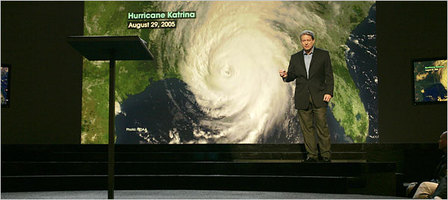
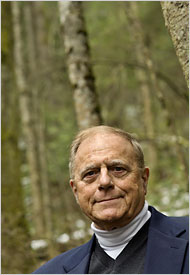 Geologist Don Easterbrook. Source of photo: online version of the NYT article quoted and cited above.
Geologist Don Easterbrook. Source of photo: online version of the NYT article quoted and cited above.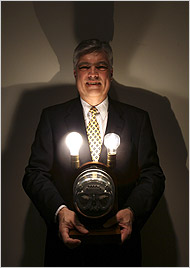 Randall Moorehead’s Phillips Electronics wants the government to force us to switch from the incandescent bulb on the left, to bulbs like the Phillips bulb on the right. Source of photo: online version of the NYT article cited below.
Randall Moorehead’s Phillips Electronics wants the government to force us to switch from the incandescent bulb on the left, to bulbs like the Phillips bulb on the right. Source of photo: online version of the NYT article cited below.
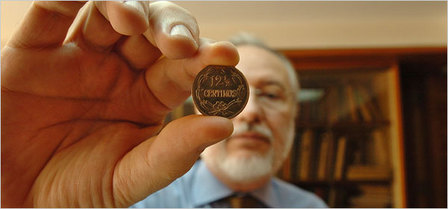
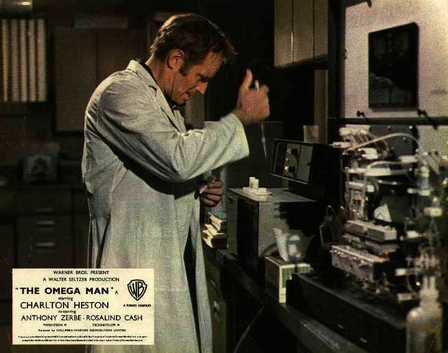
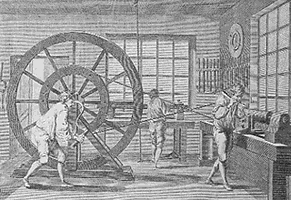 A flywheel lathe from the mid-1700s. Source of image:
A flywheel lathe from the mid-1700s. Source of image: 
